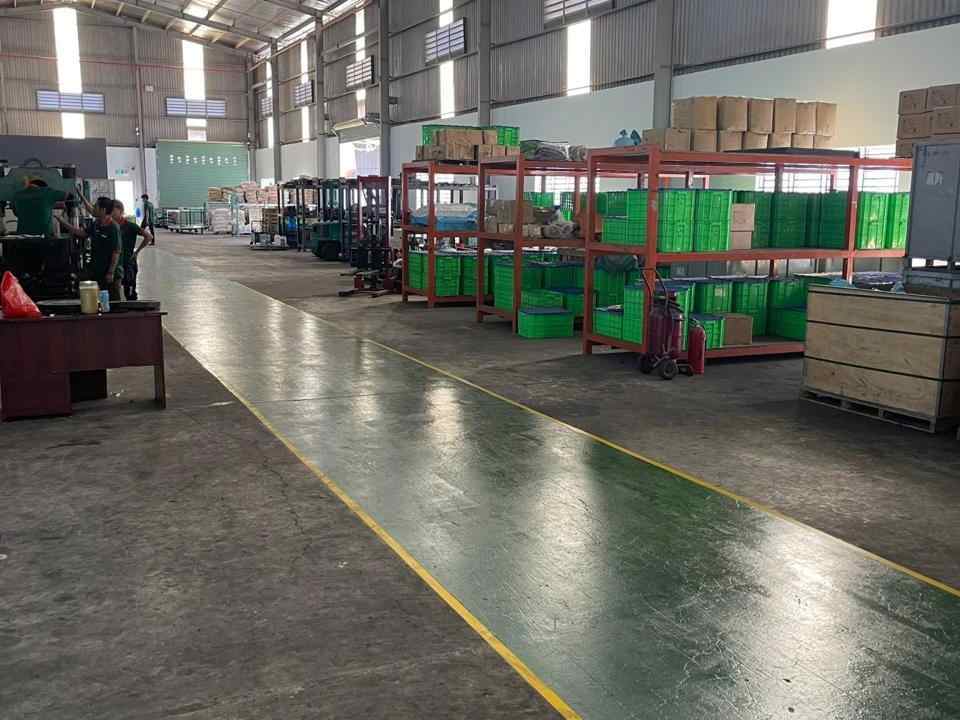Introduction: The Opportunity in Asia
Asia has emerged as a pivotal region for global manufacturing, offering diverse opportunities across countries like China, Vietnam, India, Bangladesh, and Indonesia. Expanding your manufacturing operations to these countries can result in significant cost savings, access to new markets, and increased production capacity. However, navigating the complexities of setting up operations in a new region requires careful planning and execution. At Asia Agent Pte Ltd, we guide businesses through each step of the process to ensure a seamless transition.
Step 1: Know Your Current Supply Chain
Before considering expansion, it’s crucial to have a detailed understanding of your current supply chain. This involves:
- Bill of Materials (BOM): Documenting all components and materials used in your product.
- Supply Chain Mapping: Identifying all suppliers, processes, and logistics involved in your production.
- Machinery and Equipment: Understanding the machinery and equipment required for production.
- Regulations and Tariffs: Knowing the regulatory requirements and tariffs that apply to your products.
Example: In China, suppliers can often take a product from concept to completion relatively easily due to the well-integrated supply chains. Outside of China, suppliers might need additional support to achieve the same efficiency.
Step 2: Conduct Comprehensive Market Research
Once you have a clear understanding of your current supply chain, conduct thorough market research for potential locations. This includes understanding the economic landscape, industry trends, local regulations, and potential challenges in each target country.
Example: Vietnam’s growing electronics manufacturing sector offers lucrative opportunities, but understanding its labor laws and export regulations is crucial.
Step 3: Evaluate and Select the Right Location
Choosing the right location for your manufacturing operations is critical. Factors to consider include:
- Labor Costs: Compare labor costs across different countries to identify the most cost-effective options.
- Infrastructure: Assess the availability and quality of infrastructure, including transportation networks, ports, and utilities.
- Proximity to Suppliers: Consider the location’s proximity to key suppliers and raw materials.
Example: India offers competitive labor costs and a large domestic market, making it an attractive option for various industries.
Step 4: Develop a Detailed Business Plan
A well-structured business plan is crucial for setting clear objectives and outlining the strategies to achieve them. Your plan should include:
- Market Analysis: Detailed analysis of the target market and competitive landscape.
- Operational Strategy: Plan for sourcing materials, production processes, and quality control.
- Financial Projections: Forecast costs, revenues, and profitability to ensure financial viability.
Example: A detailed business plan can help you secure funding and attract potential investors by demonstrating the viability of your venture.
Step 5: Establish Local Partnerships
Building strong local partnerships is essential for navigating the business landscape and ensuring smooth operations. These partnerships can include:
- Suppliers: Establish relationships with reliable suppliers to ensure consistent quality and timely delivery of materials.
- Legal and Regulatory Advisors: Engage local legal experts to help navigate regulations and compliance issues.
- Logistics Providers: Partner with reputable logistics companies to streamline transportation and distribution.
Example: In Indonesia, partnering with local suppliers who understand the market can help mitigate risks and enhance supply chain efficiency.
Step 6: Set Up Robust Supply Chain Management
Effective supply chain management is critical to ensure timely production and delivery. This involves:
- Supply Chain Mapping: Identify all key components and suppliers in your supply chain to streamline operations.
- Inventory Management: Implement efficient inventory management practices to reduce costs and avoid delays.
- Quality Control: Establish stringent quality control measures to maintain high standards and reduce defects.
Example: Asia Agent Pte Ltd offers comprehensive supply chain mapping and management services to ensure your operations run smoothly.
Step 7: Implement Training and Development Programs
Investing in training and development for your local workforce is crucial for maintaining productivity and quality. This includes:
- Skill Development: Provide training programs to enhance the skills of your employees and ensure they meet your production standards.
- Cultural Sensitivity Training: Educate your management team on local cultural practices to foster better workplace relations.
Example: Conducting regular training sessions in Vietnam can help improve efficiency and quality in your manufacturing processes.
Step 8: Monitor and Optimize Operations
Once your manufacturing operations are up and running, continuous monitoring and optimization are essential. This involves:
- Performance Metrics: Track key performance indicators (KPIs) to measure efficiency, productivity, and quality.
- Regular Audits: Conduct regular audits to identify areas for improvement and ensure compliance with regulations.
- Feedback Loop: Implement a feedback system to gather input from employees and stakeholders for continuous improvement.
Example: Regular performance reviews in India can help identify bottlenecks and optimize production processes.
Conclusion: Partnering with Asia Agent Pte Ltd
Expanding your manufacturing operations to Asia offers tremendous opportunities, but it requires careful planning and execution. By following these steps and partnering with Asia Agent Pte Ltd, you can navigate the complexities of international manufacturing with confidence. Our expertise in market research, regulatory compliance, supply chain management, and local partnerships ensures that your expansion is successful and your operations are efficient and cost-effective.




